The rest of the site is taken up with Jan Karlsgarden open air museum. This consists of traditional buildings that have been gathered together here and provide an excellent illustration of an Aland farm from the second half of the 19th century, although there are more buildings than would have been normal for one farm as there are 4 windmills and a watermill as well as a fishing hut.
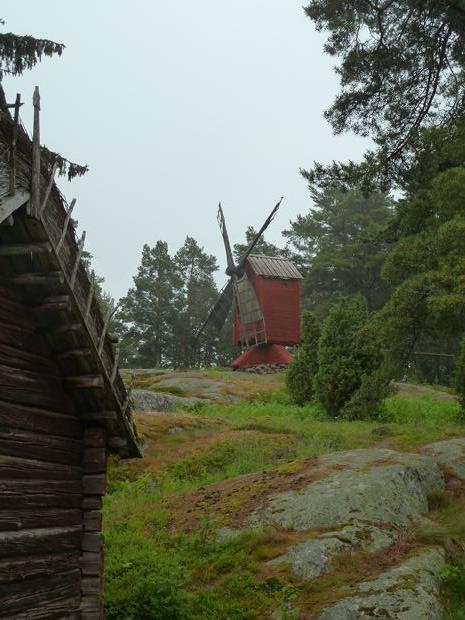
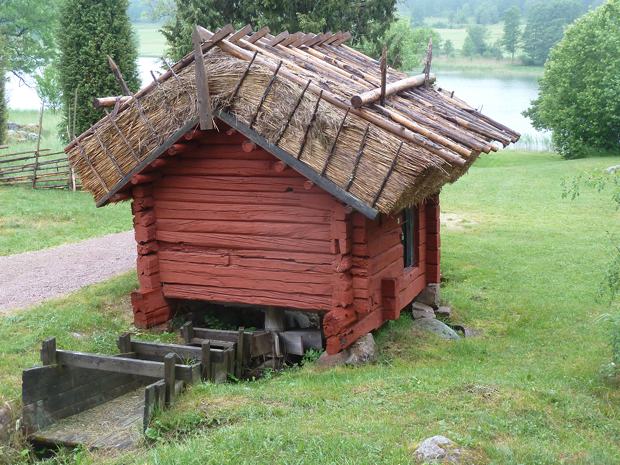
Windmill and water mill
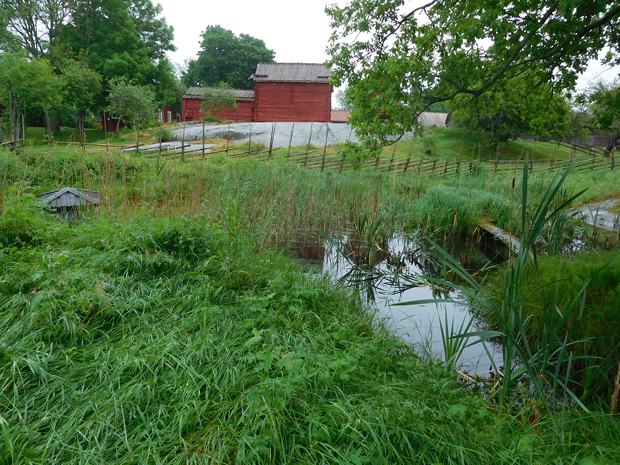 I think the pond that fed the watermill would have been flowing a bit more freely when it was in use!
I think the pond that fed the watermill would have been flowing a bit more freely when it was in use!
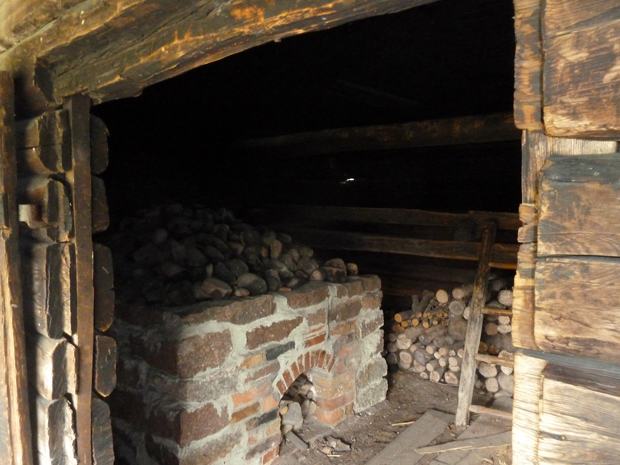 The ubiquitous sauna – the information board showed naked women frolicking on the shelves but to Ted’s disappointment it was empty
The ubiquitous sauna – the information board showed naked women frolicking on the shelves but to Ted’s disappointment it was empty
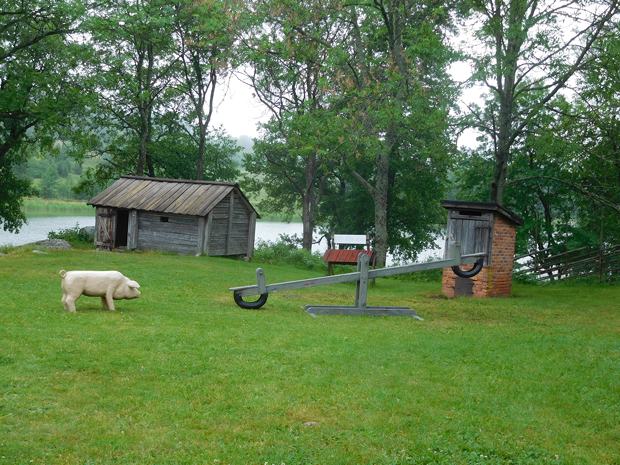 I don’t know if the pigs usually got a see saw to play on.
I don’t know if the pigs usually got a see saw to play on.
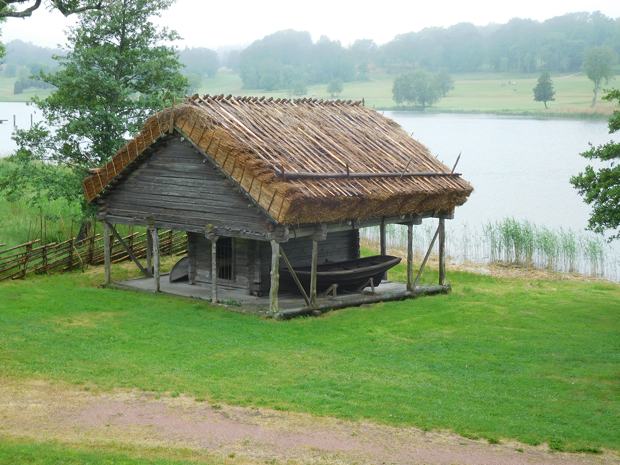 All the thatched roofs were massively thick, presumably for insulation
All the thatched roofs were massively thick, presumably for insulation
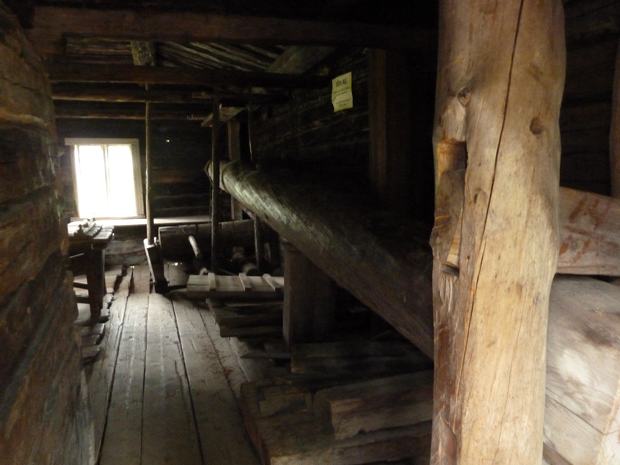
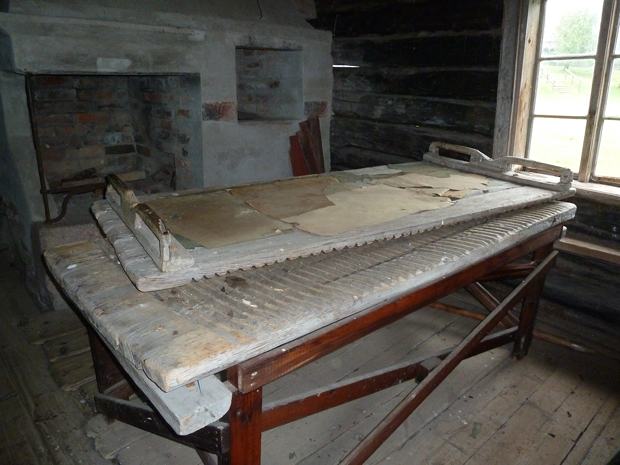
This building was the Pressing room where newly woven fabrics were pressed inder the big logs or fulled and felted on the table between the 2 ridged boards
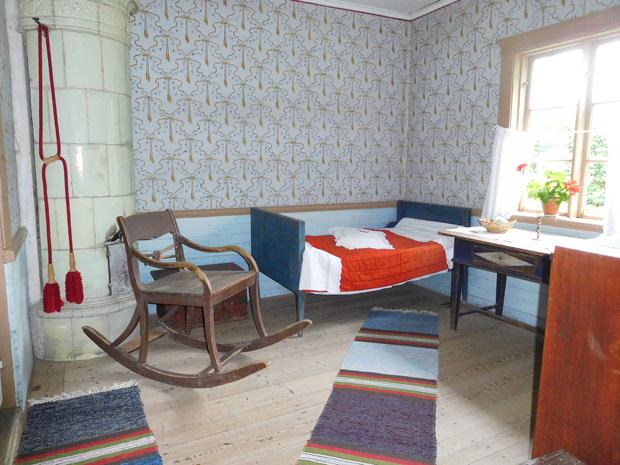 The guide in the farmhouse told us beds were shorter because people slept sitting up - not sure if this is right though
The guide in the farmhouse told us beds were shorter because people slept sitting up - not sure if this is right though
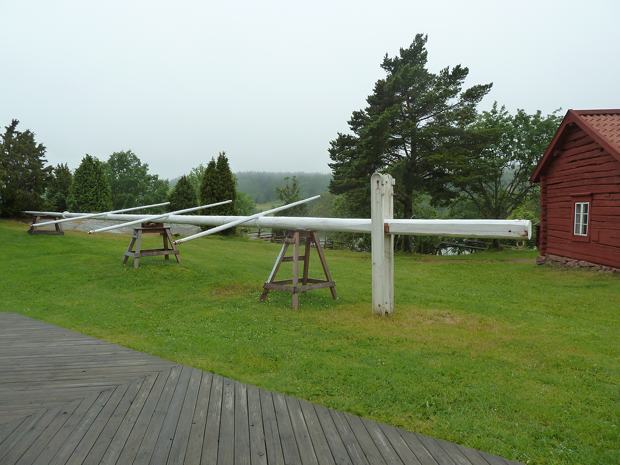 The Midsummer pole awaiting decoration
The Midsummer pole awaiting decoration
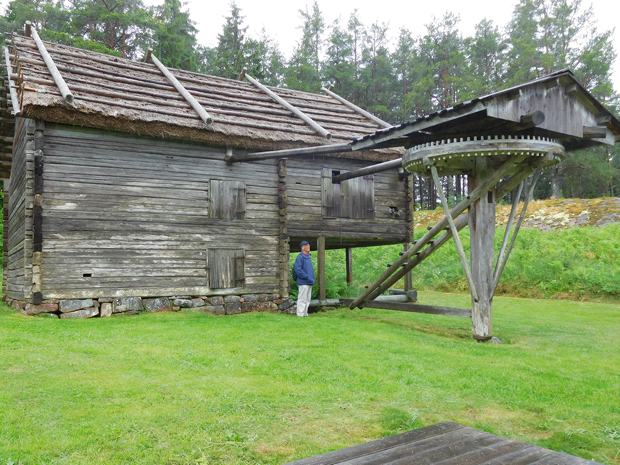 The horse driven threshing machine
The horse driven threshing machine
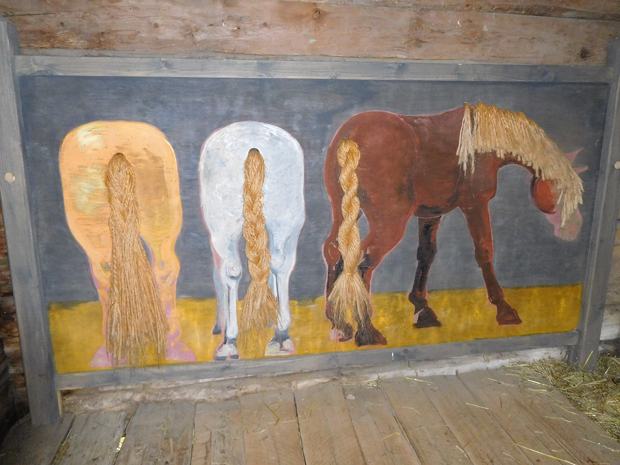
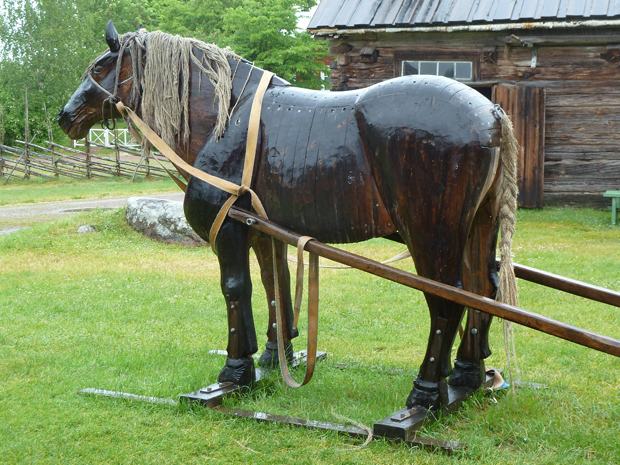
But I’m, not sure any of these are up to the job!
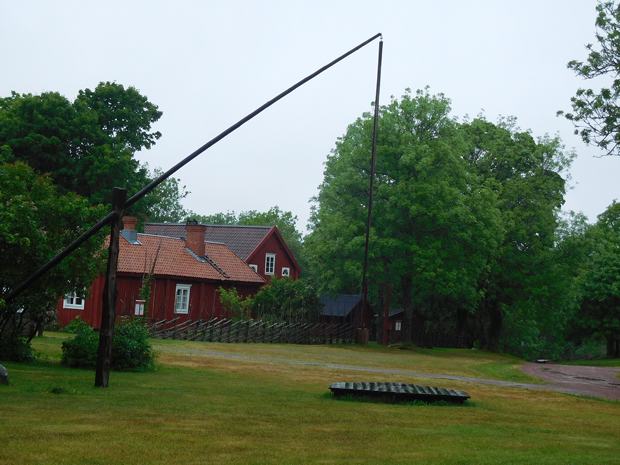 How to get water from a well
How to get water from a well
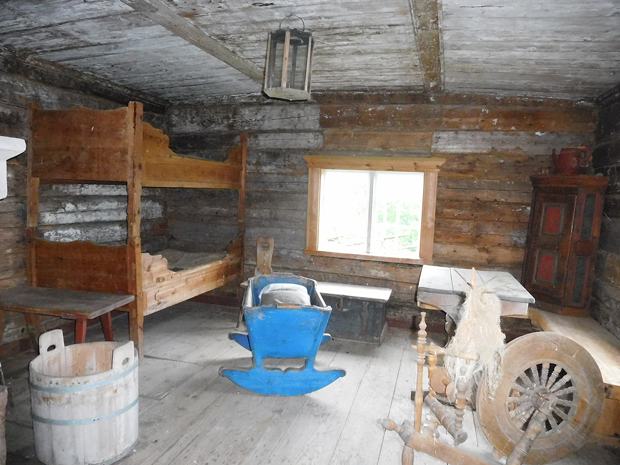 This house was described as “The enlisted marine’s cottage”. Some research revealed that the Swedes expected groups of 4 farmers to provide a house, and some money to someone they recruited to act as a sort of forces reservist. They could scratch a living as best they could from the land or craft most of the time to supplement the help they got from the farmers but had to go away for training or to do stints in the navy. A form of very direct taxation on those providing the resource but presumably less wasteful than raising money taxes to fund it.
This house was described as “The enlisted marine’s cottage”. Some research revealed that the Swedes expected groups of 4 farmers to provide a house, and some money to someone they recruited to act as a sort of forces reservist. They could scratch a living as best they could from the land or craft most of the time to supplement the help they got from the farmers but had to go away for training or to do stints in the navy. A form of very direct taxation on those providing the resource but presumably less wasteful than raising money taxes to fund it.
It had been raining steadily while we were moving from building to building so we were pleased to get back to the boat for a nice cup of tea and hope for better weather on Sunday.















